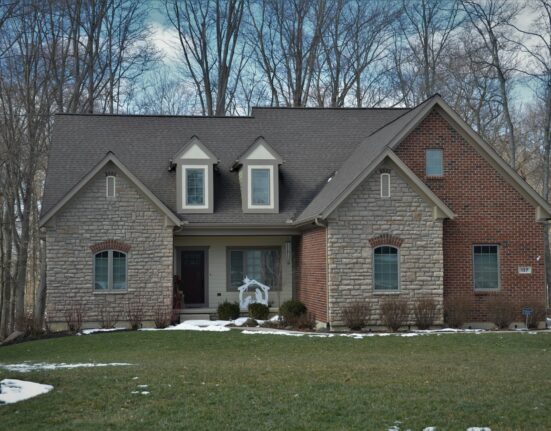The concept of smart cities is no longer confined to futuristic sci-fi movies. With the rapid evolution of urban technology and IoT (Internet of Things), the cities of tomorrow are being built today. These technological advancements aim to make urban areas more efficient, sustainable, and livable.
What Are Smart Cities?
Defining Smart Cities
Smart cities leverage cutting-edge technology to improve the quality of life for their residents. This involves integrating IoT devices and urban tech to gather data and use it to manage resources more effectively. From traffic management to energy efficiency, smart cities aim to make urban living more convenient and eco-friendly.
Components of a Smart City
- Infrastructure: Smart buildings, roads, and utilities that are interconnected through IoT.
- Governance: E-governance platforms that streamline public services and make them more accessible.
- Mobility: Intelligent transportation systems that reduce congestion and promote sustainable travel options.
- Healthcare: Telemedicine and smart healthcare facilities that ensure timely medical care.
- Public Safety: Surveillance systems and emergency response algorithms that enhance security.
Urban Tech: The Backbone of Smart Cities
What is Urban Tech?
Urban tech refers to technological solutions designed to address urban challenges. These include smart grids, intelligent lighting, and waste management systems that optimize city operations.
As urban areas increasingly embrace technology to enhance livability, the role of smart solutions becomes ever more significant. One key element of this transformation is the use of drone video services, which provide unprecedented aerial perspectives of city landscapes. These services can assist in urban planning, infrastructure monitoring, and emergency response by capturing high-resolution imagery and video data in real time. By integrating drone video capabilities into smart city frameworks, municipalities can leverage valuable insights to improve services, optimize resources, and foster innovation.
Key Technologies in Urban Tech
- Artificial Intelligence (AI): AI algorithms can predict traffic patterns, energy consumption, and even crime hotspots.
- Blockchain: Ensures secure and transparent transactions, from property records to public procurement.
- Big Data Analytics: Analyzes vast amounts of data to provide actionable insights for urban planning and management.
- 5G Networks: Facilitates real-time communication between IoT devices, making smart city operations more efficient.
IoT: Connecting the Dots
The Role of IoT in Smart Cities
IoT devices are the nerve endings of a smart city, collecting data that feeds into various urban management systems. These devices can range from smart meters that monitor energy usage to sensors that detect air quality.
Examples of IoT Applications
- Smart Lighting: Streetlights that adjust brightness based on the time of day or pedestrian activity.
- Traffic Management: Sensors that monitor traffic flow and adjust signal timings to reduce congestion.
- Waste Management: Smart bins that notify sanitation workers when they need to be emptied.
- Air Quality Monitoring: Sensors that provide real-time data on pollution levels, enabling quick action when air quality deteriorates.
Innovation: The Driving Force
How Innovation is Shaping Smart Cities
Innovation is at the heart of smart city development. From startups to established tech giants, companies are continually developing new solutions to urban challenges. Government policies and public-private partnerships also play a crucial role in fostering innovation.
Notable Innovations
- Autonomous Vehicles: Self-driving cars and buses that promise to revolutionize urban mobility.
- Renewable Energy Solutions: Solar panels, wind turbines, and other renewable energy sources that make cities more sustainable.
- Smart Water Management: Systems that monitor water usage and detect leaks, ensuring efficient water management.
- Personalized Public Services: AI-driven platforms that offer customized public services based on individual needs and preferences.
The Future: What Lies Ahead
Emerging Trends
The future of smart cities looks promising, with several emerging trends set to redefine urban living. These include the integration of augmented reality (AR) in public services, the rise of circular economies, and advancements in sustainable architecture.
Challenges Ahead
While the potential is enormous, the journey to fully realized smart cities is fraught with challenges. These include data privacy concerns, the digital divide, and the need for substantial investments in infrastructure.
The Role of Stakeholders
- Urban Planners: Need to incorporate smart technologies into city planning.
- Tech Enthusiasts: Can drive grassroots innovation and community projects.
- Government Officials: Must create conducive policies and regulations to facilitate the transition to smart cities.
Conclusion
Smart cities represent the future of urban living, promising more efficient, sustainable, and livable environments. By leveraging urban tech and IoT, these cities aim to resolve the challenges posed by rapid urbanization. As we look to the future, innovation will continue to be the driving force behind the transformation of our urban landscapes.
Ready to dive deeper into the world of smart cities? Stay tuned for more insights and updates from industry leaders and tech innovators.








Leave feedback about this